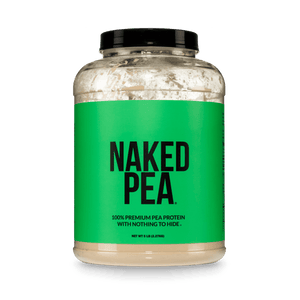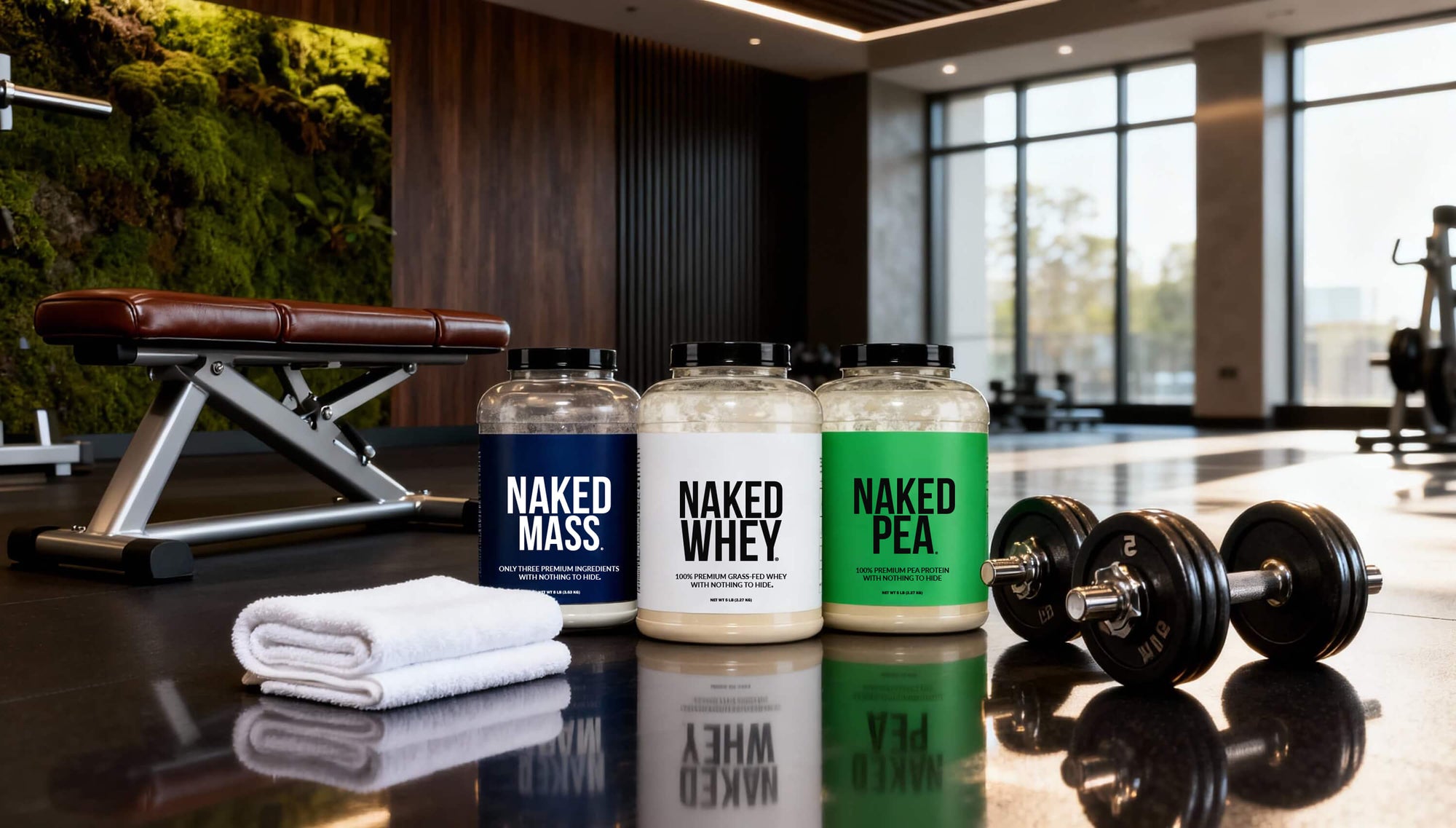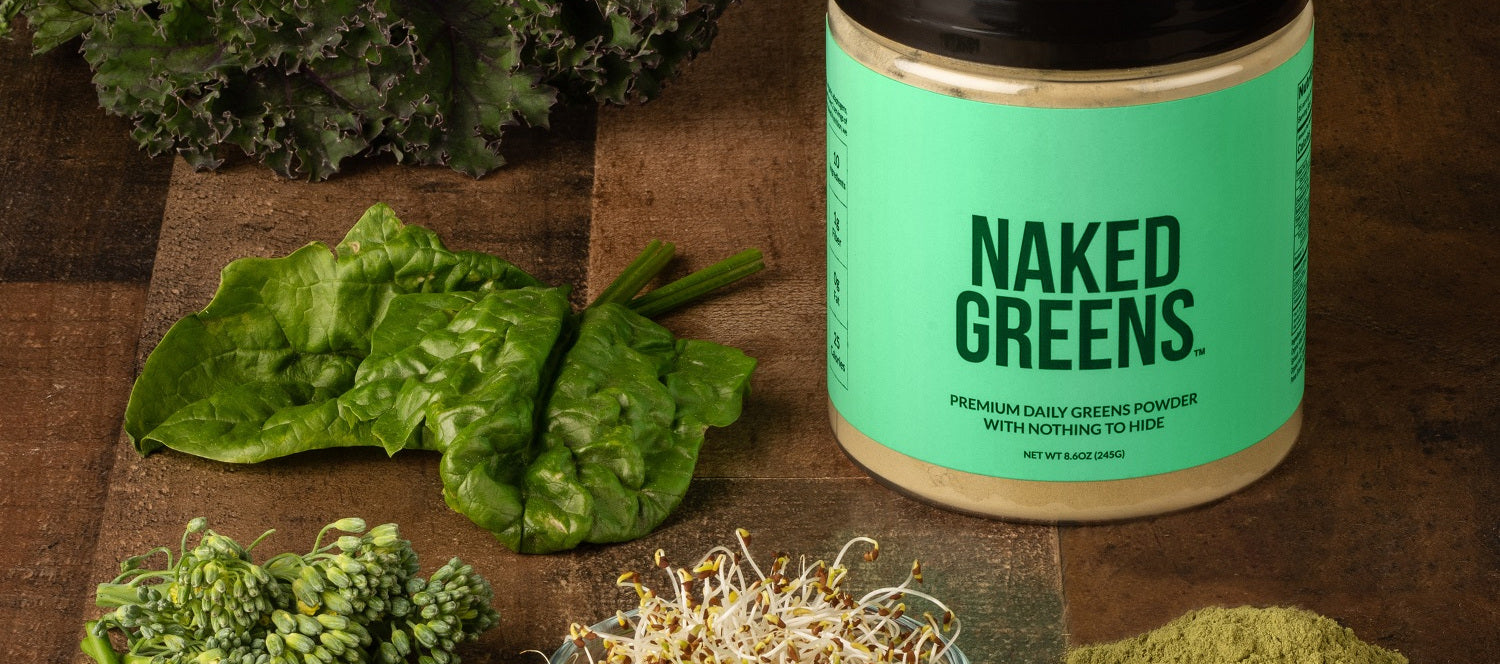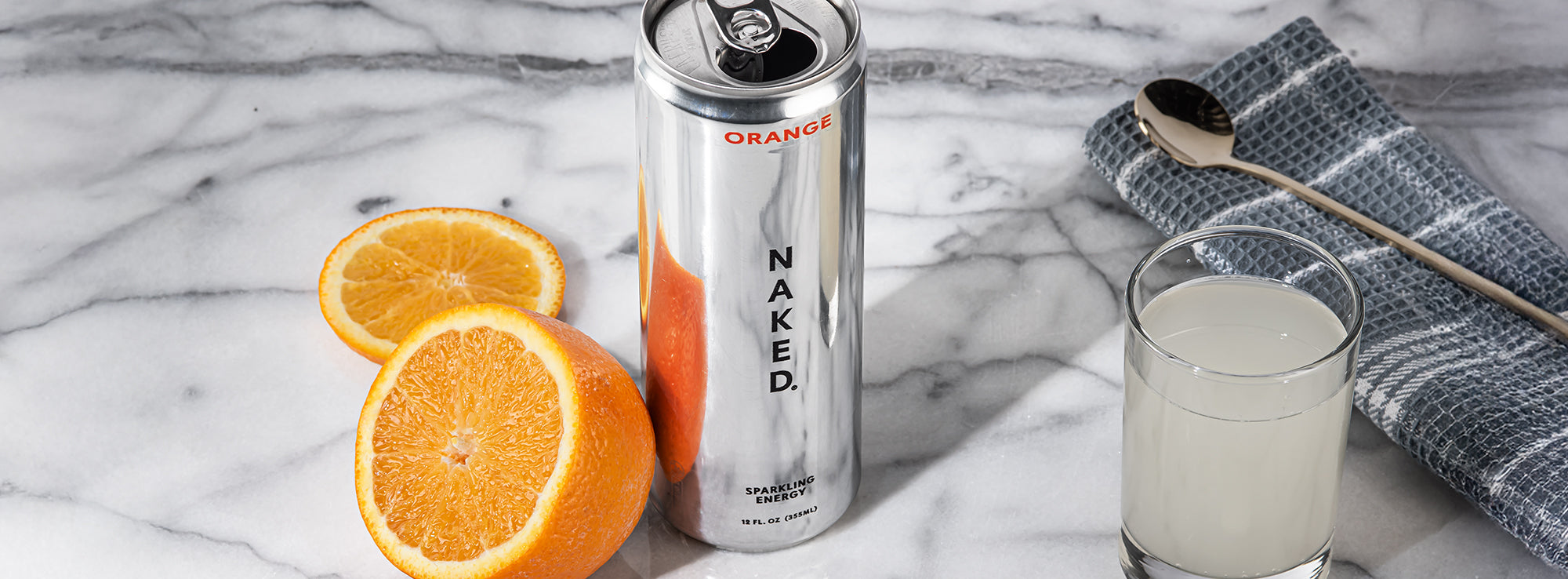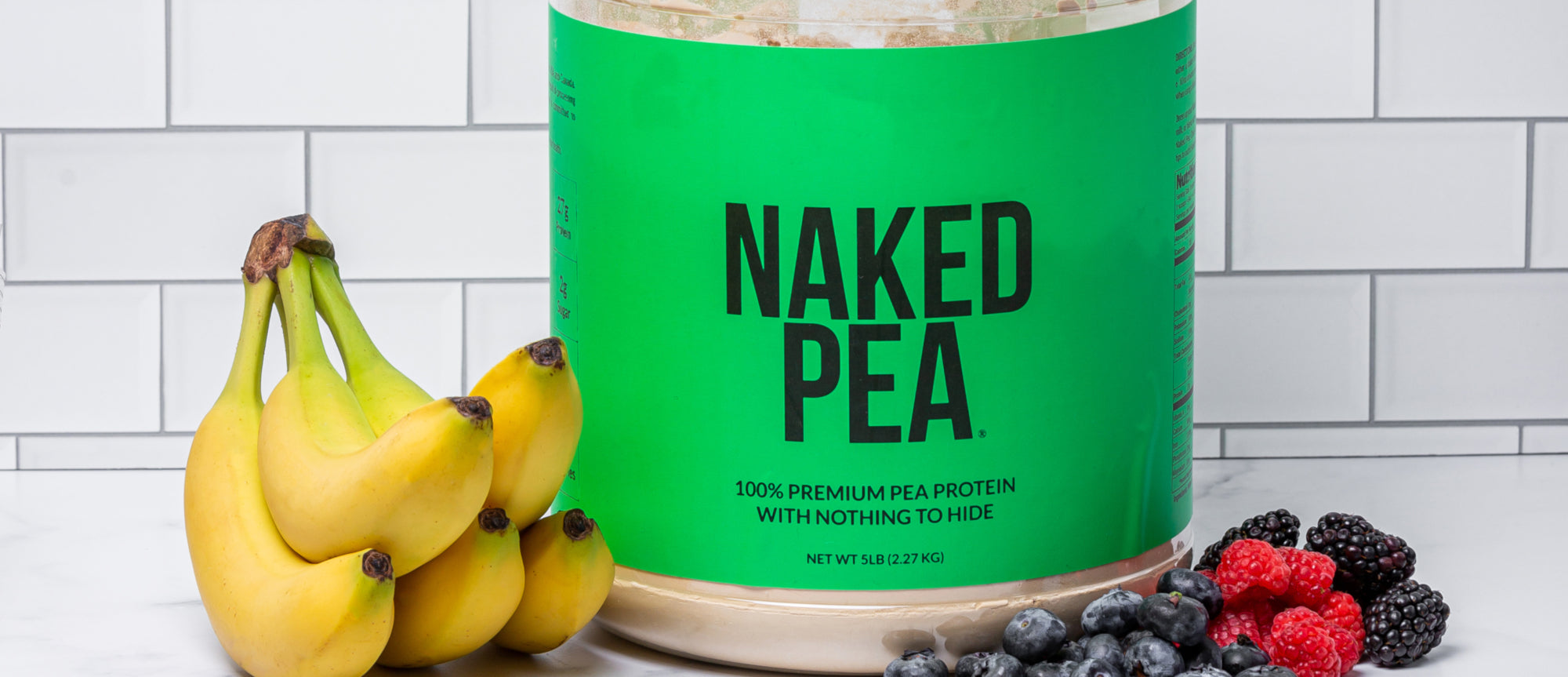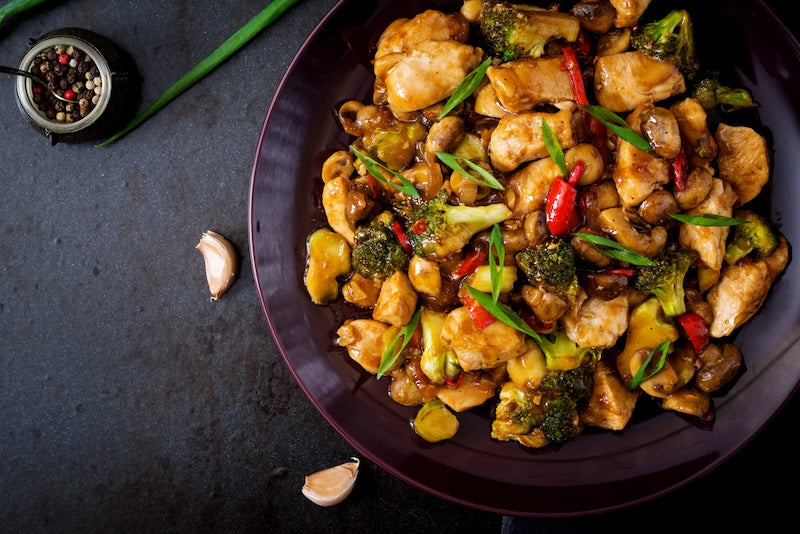Eating healthy is often considered boring, and bland. We feel we must sacrifice flavor in the name of health. But it doesn’t have to be this way. In fact, it shouldn’t be this way. It is possible to have both.
By shifting our perception from what is considered a healthy meal to foods we enjoy that nourish us, we can learn to love and crave nutritious foods that work with our goals, not against them.

Why Do We Crave Ultra-Processed Foods?
Eating healthy seems bland because our taste buds are used to being saturated by ultra-processed foods.
Ultra-processed foods are food products that have been significantly altered from their natural form. These foods typically contain high amounts of sugar, salt, and fat, as well as artificial ingredients. Common ultra-processed foods include candy, baked goods, sodas, crackers, chips, and other snack foods.
The combination of these additives results in an immediate dopamine release in our brain when eating them. We feel good and it tastes good so we want to eat more and more. On top of that, they tend to not be very satiating so it’s easy to eat large portions.
Because you feel good when you eat them, they can easily become a tool for emotional regulation. For example, if you are bored, sad, or stressed, grabbing a bag of chips or some candy can give you instant gratification. While it’s short-lived, it does the trick making it an easy trap for many to fall into.
How to Start Removing Processed Foods From Diet?
While processed foods are not something we want to eat often, it’s okay to enjoy them in moderation. An easy way to begin reducing processed foods in your meals and snacks is to start incorporating some easy swaps.
For example, instead of having a pre-made Danish for a snack, swap it out for a slice of whole-grain bread with natural peanut butter. This significantly reduces the sugar content, increases the protein and fiber content, and creates a more satisfying snack that’s just as easy.
If you typically have a sugary yogurt, swap it out for a plain Greek-style yogurt and add a touch of honey, or choose one that is sweetened with fruit. This reduces the total added sugars and increases the protein to keep you full for longer.
Be mindful to avoid swapping everything out all at once. Start with one snack, meal, or ingredient at a time. This creates more sustainable habits and you don’t feel overwhelmed with making too many changes at once.
How to Train Yourself to Love Healthy Foods

The key to maintaining a healthy and balanced diet is to enjoy your foods and not feel restricted. Believe it or not, you can train yourself to love healthy foods by prioritizing your taste preferences. Below are a few ways to help you crave foods you want to eat more often.
Experiment With Different Foods
There is a tremendous variety of whole foods out there, some of which may be completely untapped by you. This is when trying new things is essential.
If you wish to eat more balanced meals but are sick and tired of plain chicken breast, choose a different type or cut of meat or seafood. Adding variety takes away the bore that can be eating healthy. Try new cooking techniques such as marinating and grilling your proteins, baking, or sauteing them.
Try new fruits and vegetables. Favor what is in season as these tend to be more flavorful and most cost-effective. Same with your grains, you don’t have to only eat rice. Try quinoa, bulger, or farro. Swap out your regular white bread for whole grain or sourdough.
The options are endless and up to your flavor preference. No one item is better or healthier than the other but rather they provide different benefits.
Don’t Skip The Sauce
Mainstream media has made you believe that healthy foods need to be flavorless because sauces are the epitome of unnecessary sugar, fat, and calories. Thankfully, this is a farce. It’s important to create flavorful meals to enjoy them.
Instead of cutting ranch dressing out completely when you love it, try making it yourself instead. This gives you control over what you put in it and, in many cases, it turns out tremendously better than the packaged form.
Creating lighter and more satisfying forms of your favorite cream-based sauces using fresh ingredients such as herbs, and spices can create a lower calorie, lower sugar, and lower fat product that is still delicious and satisfying.
Do this with sauces, marinades, dressings, or anything you would typically use to add flavor to your meals.
Use Spices and Herbs For Extra Flavor

Spices and herbs are what flavor our foods. Use these in place of artificial ingredients that often flavor our ultra-processed foods.
Who needs MSG when you have garlic, onion, pepper, rosemary, turmeric, and cumin? These foods provide tons of flavor and tons of health benefits compared to artificially created flavors.
Make Swaps for Your Favorite Meals
No matter what the meal, chances are there are some lighter ways to make it. Don’t lose your favorite recipes, alter them to fit your goals instead.
Swap out fried chicken for pistachio-crusted baked chicken or add extra veggies to your favorite chili or stew recipe.
If you don’t like your favorite recipe any other way, then work on portion control and add nutritious foods with it.
For example, if lasagna is your favorite meal but you don’t like making any substitutions, choose a smaller portion and be sure to include a good source of protein and a hearty serving of veggies to keep you full.
Experiment with New Recipes
Enjoy the experience of eating healthier by exploring different recipe options. This can help you create a new domain of recipes to cycle through each month and it adds an element of fun to your meals. It’s exciting to try new things, use that to help keep you interested and motivated.
Get the Family Involved
Lastly, get others involved. Don’t try to eat healthy on your own. Sit down and communicate your goals and get on the same page.
If you have little ones, get them involved too. Let them pick out recipes or help you in the kitchen. Establishing new family traditions around food can be very impactful for long-term habits.
What Happens When You Get Used to Nutrient-Dense Foods?

As you start weaning down ultra-processed foods and incorporating more nutrient-dense, whole-food options into your meals and snacks, you will notice that you no longer crave the foods you used to.
Just as your taste buds become accustomed to the flavors of ultra-processed foods, you can become accustomed to other taste preferences over time. This makes it easier to stick with your new eating habits and less tempting to reach for processed treats.
You will likely notice other benefits such as increased energy and satiety during meals creating smaller portions, and less desire to mindlessly snack. This can result in weight loss, improvements in lab values, and more over time.
How Many Cheat Meals Can I Have Each Week?
When implementing healthy habits to create a well-rounded diet that only includes ultra-processed foods in moderation, cheat days are not encouraged. We aren’t restricting any foods here, we are simply trying to take what we love and add what we need.
For example, if you feel your ultimate vice is enjoying potato chips as a snack, consider serving a smaller portion alongside something that will actually keep you full. This includes something that has a good source of protein, fiber, and/or healthy fats such as celery with peanut butter or a handful of nuts.
The same goes for meals. Don’t skip out on your favorite pizza and succumb to FOMO, enjoy one slice and add a garden salad to the side for extra fiber and nutrients. Get away from the cheat day mentality as this creates unrealistic expectations for our diet during the remainder of the week and can negatively impact our relationship with food.

